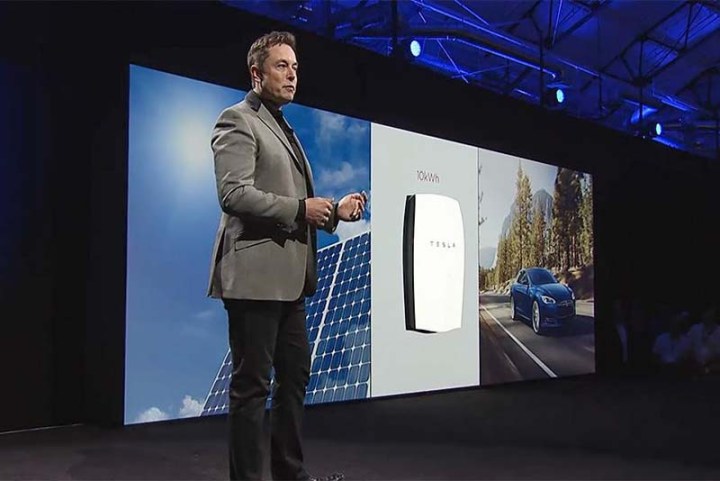
In addition to the letter of intent, Tesla also assured Panasonic it would provide a long-term purchasing agreement with the electronics giant, essentially guaranteeing the continued acquisition of the produced cells and modules. Despite the non-binding aspect of the deal, there doesn’t seem to be any indication of either side failing to honor the agreement as Panasonic and Tesla have enjoyed many years of business partnership — the duo have been collaborating on Tesla’s electric vehicle production and grid storage battery cells at the auto company’s massive Gigafactory.

“We are excited to expand our partnership with Panasonic as we move towards a combined Tesla and SolarCity,” said Tesla co-founder and CTO, JB Straubel. “By working together on solar, we will be able to accelerate production of high-efficiency, extremely reliable solar cells and modules at the best cost.”
As the two plan for an increased production of photovoltaic cells and modules — as well as an enhanced partnership with SolarCity — Tesla is expected to have the ability to bring solar energy solutions to a wider audience. According to a companion press release, the company hopes to not only continue providing for commercial customers, but to grid-scale and residential customers as well. Moving forward, the expanded manufacturing capacity should also provide fully-integrated energy products for a wide range of businesses and homeowners while further advancing Tesla’s self-proclaimed goal of a sustainable energy future.


